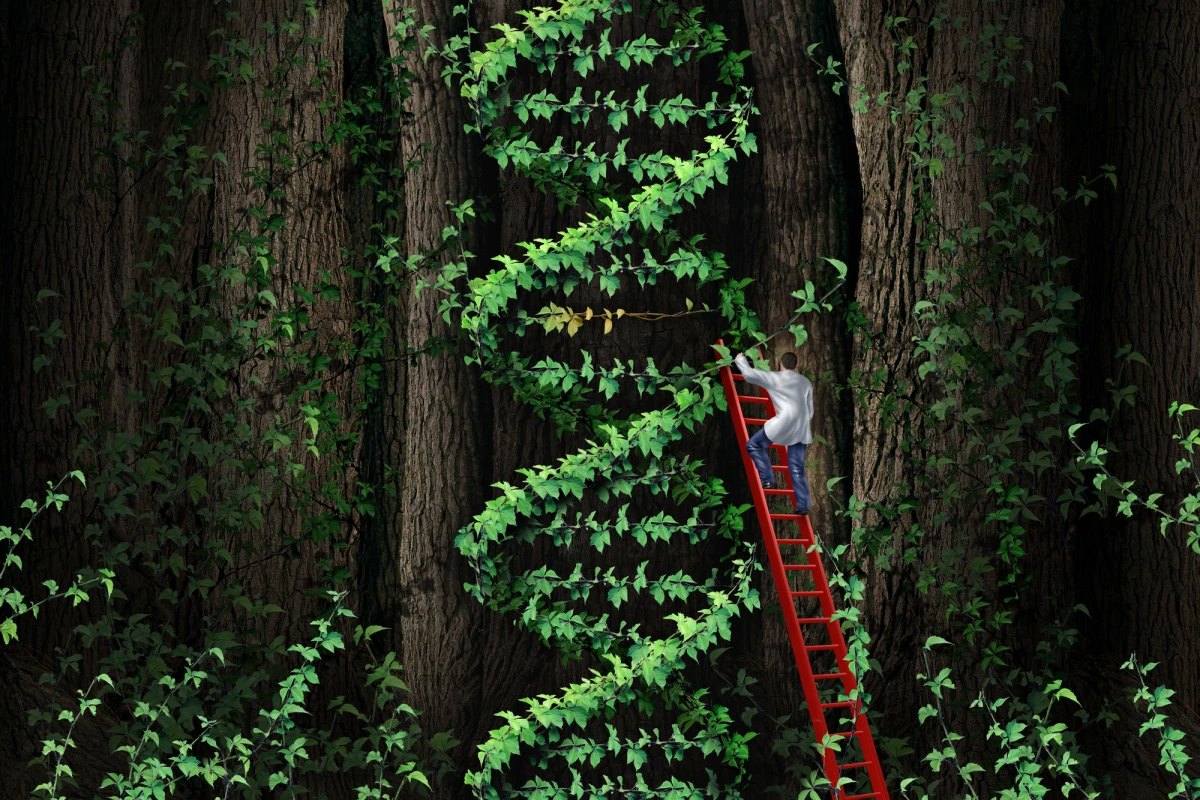An experimental gene therapy developed to treat children born with a rare immunodeficiency disease has demonstrated extraordinary efficacy according to a new long-term follow-up study published in the New England Journal of Medicine.
Severe combined immunodeficiency (SCID) is a rare disease leaving children with no functioning immune system. The disease is perhaps best known as the "bubble-boy" disease following the well-publicized story of David Vetter, a boy born with SCID in the early 1970s who lived for 12 years in a protective bubble.
One particular type of SCID involves mutations in the ADA gene, and over the last couple of decades scientists have been investigating ways to deliver normal functioning versions of this gene into children with ADA-SCID. A prior gene therapy called Strimvelis was approved in 2016 for use in Europe, however, there have been concerns the therapy could be linked to increased risk of leukemia.
This new iteration of the gene therapy uses a different viral vector to deliver the functioning ADA gene. A study is reporting on 50 children administered the new type of gene therapy, following their conditions up to three years after the single treatment.
The incredibly promising findings reveal all children treated with the gene therapy were still alive up to three years later and 48 out of the 50 were essentially cured of ADA-SCID.
“Treatment was successful in all but two of the 50 cases, and both of those children were able to return to current standard-of care-therapies and treatments, with one eventually receiving a bone marrow transplant,” says Donald Kohn, a researcher who has been working on these gene therapies for decades.
Although this particular new gene therapy is not yet available, several other similar one-off treatments have reached market approval over the past few years, and they are not cheap. In 2017 one of the first of these kinds of gene therapies was approved for US patients and its price tag came close to half a million dollars.
The next year another gene therapy was approved by the FDA and hit the market with a price tag of US$850,000. And prices for these one-off gene therapies kept skyrocketing, with one treatment hitting $2.125 million dollars for a single dose.
It is unclear how much this new experimental therapy for ADA-SCID may cost but, in comparison, Strimvelis hit the market with a price tag well over $700,000. It has previously been noted that current treatments for ADA-SCID can quickly add up to millions of dollars over the course of several years, so it has been argued a costly one-off curative gene therapy should be cheaper than current ongoing treatments.
The new study was published in the New England Journal of Medicine.




